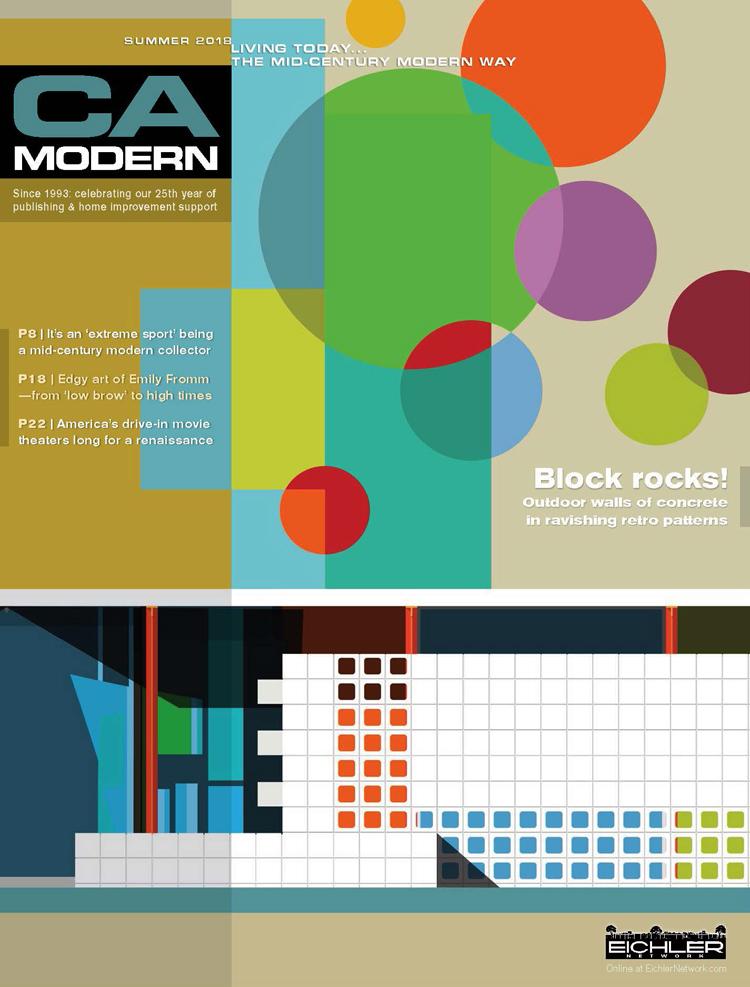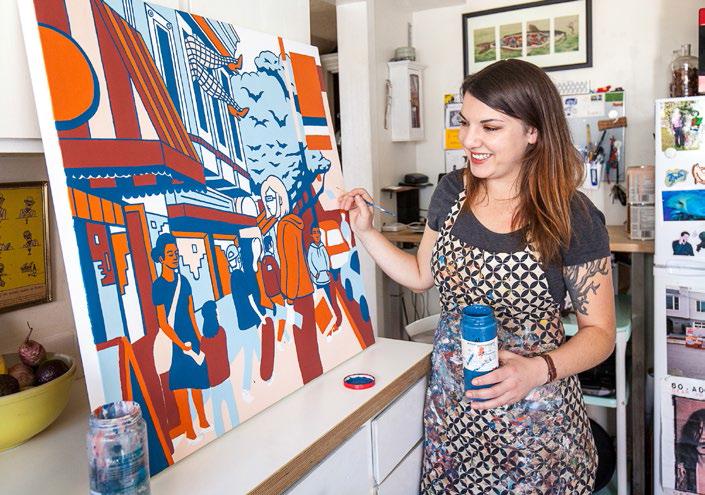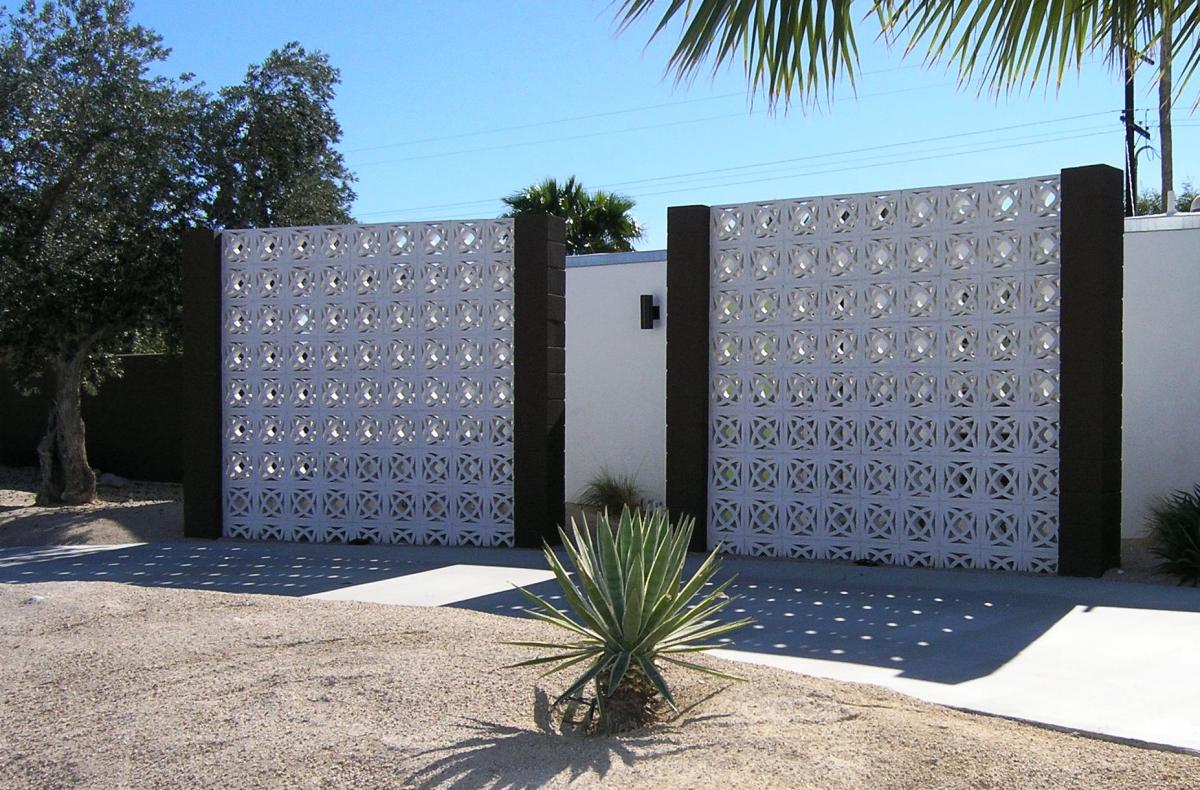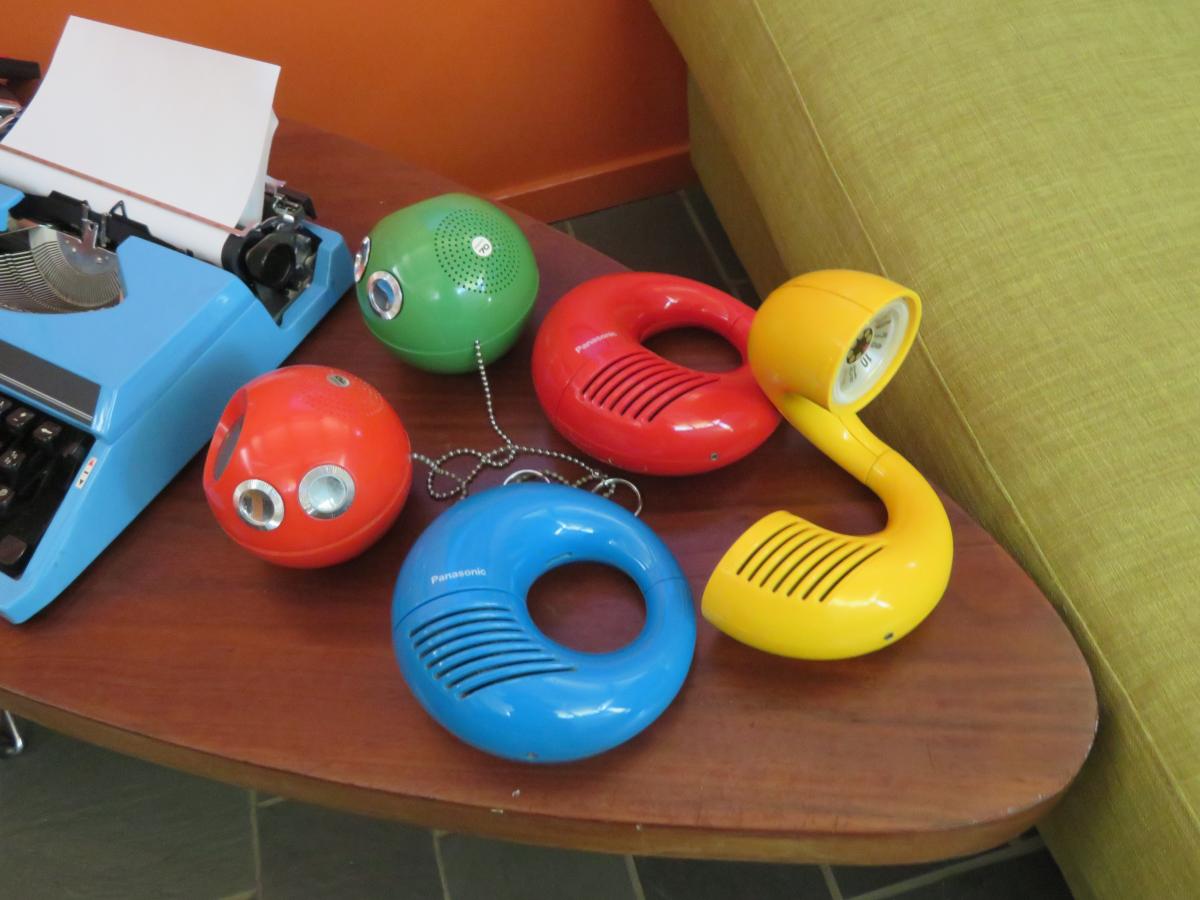
Nostalgia Reigns: Summer CA-Modern
 |
|
|
Nostalgia is an odd emotional state, mixing fondness with regret, memory with longing. It affects both people who remember the old days, the old things that made those days special -- and people who almost wish they did, whom we meet in the new summer ‘18 issue of CA-Modern magazine.
You could never accuse artist Emily Fromm of pining for the past. She is, after all, in her mid-20s and is thinking far more about what appears to be a bright future. She is working right now on her first major commission -- a ceramic mural nine feet high and 36 feet long, which will be installed in the boarding area of Terminal One at SFO.
Yet nostalgia is intrinsic to her odd yet deeply appealing paintings, which take inspiration from old roadside signs, storefronts, and storefront signage, as well as “beers and cookies and hot dogs and normal things,” she says, many that suggest the 1940s or ‘50s.
Fromm, who we profile in ‘Everyday Art,’ once explained her incorporation of nostalgia into her work, with interviewer Broke Ass Stuart:
 |
|
|
“I like to incorporate imagery that a wide range of people would know and recognize, most of which would be considered low brow, or at the very least, mundane -- hot dogs, Lotto signs, newspapers, taco trucks -- things that you see all the time in life, but don’t see too often in fine art.”
“I also like to incorporate a lot of vintage signage and text in my work. I’ve always been attracted to that aesthetic, but also, I like the nostalgia factor. These signs are from another time, but they’re still here in our lives. And they’re huge, and everywhere…we see them every day. I like to paint them as we see them now, next to everyday people doing everyday things.”
In ‘Blocks of Beauty’ we take a historical look at an architectural phenomenon that was born in 1955, blazed in glory throughout the United States and beyond through the 1960s, brightening up shopping centers, office buildings, campuses, and houses, espically those in Palm Springs -- and then disappeared.
 |
|
|
It’s good to know, though, that the attractive, perforated concrete block that was used to create so many eye-catching concrete screens may be on the cusp of a comeback. Today, fans of the blocks, which were especially popular in sunny climes but can be spotted in mid-century retail strips, even in foggy San Francisco, go out of their way to visit places where they can be seen. Some incorporate them in architectural projects.
Amazingly, the phenomenon of their use in architecture can be traced back to one architect, Edward Durrell Stone, who won fame for designing his own blocks and using them for an embassy in India. A good place to enjoy Stone’s designs with concrete blocks is the Stanford Medical Center. Get there soon. Stanford plans to tear the place down.
Speaking of teardows, that has been the fate of all too many drive-in movie theaters, a once popular -- and still popular with some -- venue that we visit in ‘Showtime in the Ozone.’
 |
|
|
Ozone? Variety magazine used to call drive-ins “ozoners,” in reference to their out-in-the-air appeal.
“We actually prefer going to the drive-in over regular theaters,” says Regina Williams, who still goes to the Solano 2 Drive-In in Concord. “You don't have to dress up, you wear whatever you want, you can put the seat back, you don't have people talking.”
Today it’s the West Wind Solano Drive-in Movie Theater, and it's a short drive from three Eichler neighborhoods in that East Bay city.
Learn about the invention that made the drive-in possible, about California’s first drive-in (what year do you think it opened?), and much more.
Sometimes nostalgia has to involve more than going someplace to see something. It has to involve owning it. In ‘Collectormania’ we meet victims of this disease, people who are obsessed with furnishings, artwork, magazines, stereo equipment, and other beautiful, or at least quirky, objects from the mid-century era.
 |
|
|
For many collectors, much of the motivation directly derives from childhood memories. “I was born in 1960, so these were really fun things in the 1970s and early 1980s,” Mary Anne Deierlein says of plastic Panasonic radios shaped like pets, “and, boy, you were cool if you had one."
“I love typewriters,” she says of another of the mini-collections that decorate her Eichler home. “I grew up typing.”
Do you too have childhood memories? Or do you dream of a childhood you never had? Check out a few estate sales this weekend and -- good hunting!
The new summer ’18 issue of CA-Modern will provide added inspiration for the nostalgia that affects us all. Get your copy of the print issue today.
- ‹ previous
- 443 of 677
- next ›



